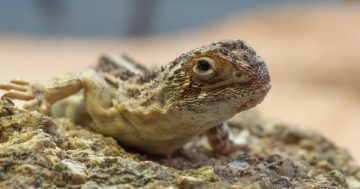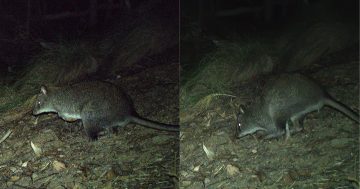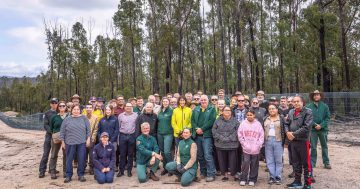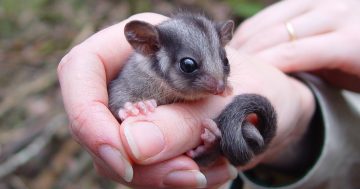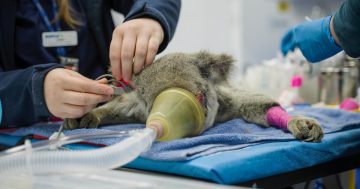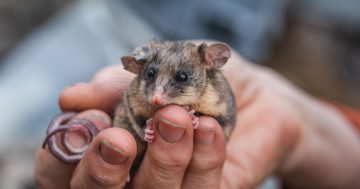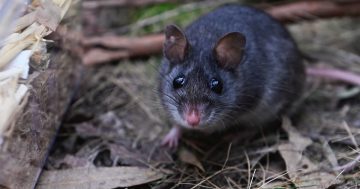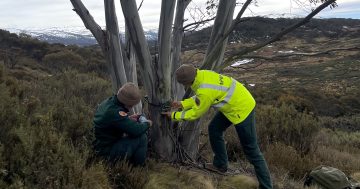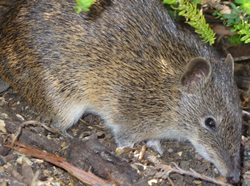 The Department for Environment and Water (DEW) has announced that a number of the State’s threatened species are to be tracked over the next three years following the 2021 Cherry Gardens bushfire.
The Department for Environment and Water (DEW) has announced that a number of the State’s threatened species are to be tracked over the next three years following the 2021 Cherry Gardens bushfire.
Senior Ecologist for Nature Conservation at DEW, Randall Johnson said that as National Threatened Species Day was on 7 September, a new monitoring program was launched to support habitat conservation for the threatened Southern Brown Bandicoot (pictured).
Mr Johnson said that with 60 per cent of the Mt Bold Reservoir-Scott Creek Conservation Complex’s remnant vegetation burnt during the fire, the new monitoring program would help DEW ecologists determine how the landscape was recovering, how threatened fauna species were responding, and inform fire management programs to ensure their future survival.
He said the project would provide ecologists with important information about habitat recovery and help plan future prescribed burns in the area.
“The Mt Bold-Scott Creek remnant vegetation complex is one of the most important areas for the conservation of heathy ecosystems in the Mt Lofty Ranges,” Mr Johnson said.
He said the range of priority threatened animals included the endangered Southern Brown Bandicoot and endangered Mt Lofty Ranges subspecies of the Chestnut-rumped Heathwren.
“The monitoring project will use 69 motion detection cameras to monitor threatened Southern Brown Bandicoots, which will help determine how the threatened species is responding to such a significant fire event as well as increase understanding of how they are using the remaining unburnt areas” he said.
“Evidence suggests that optimal habitat for these species is associated with areas recovering from fire within the preceding three to 25 years, however, fire management needs to be carefully considered in landscapes that have experienced such a significant fire event.”
Mr John son said that despite the scale of the Cherry Gardens fire event, some heathy habitats in the Mount Bold – Scott Creek complex haven’t been burnt for a long time and were getting to the point that they no longer provided suitable habitat for these threatened species.
“Considering the impacts on habitat for these threatened species, and the need to undertake burning within the area to manage fuel loads and regenerate habitat for threatened species, the research will help us understand when key species reoccupy habitats impacted by the Cherry Gardens fire and how DEW can responsibly plan and carry out prescribed burns in future years,” Mr Johnson said.
More information about some of the State’s lesser-known threatened species can be found at this PS News link.


